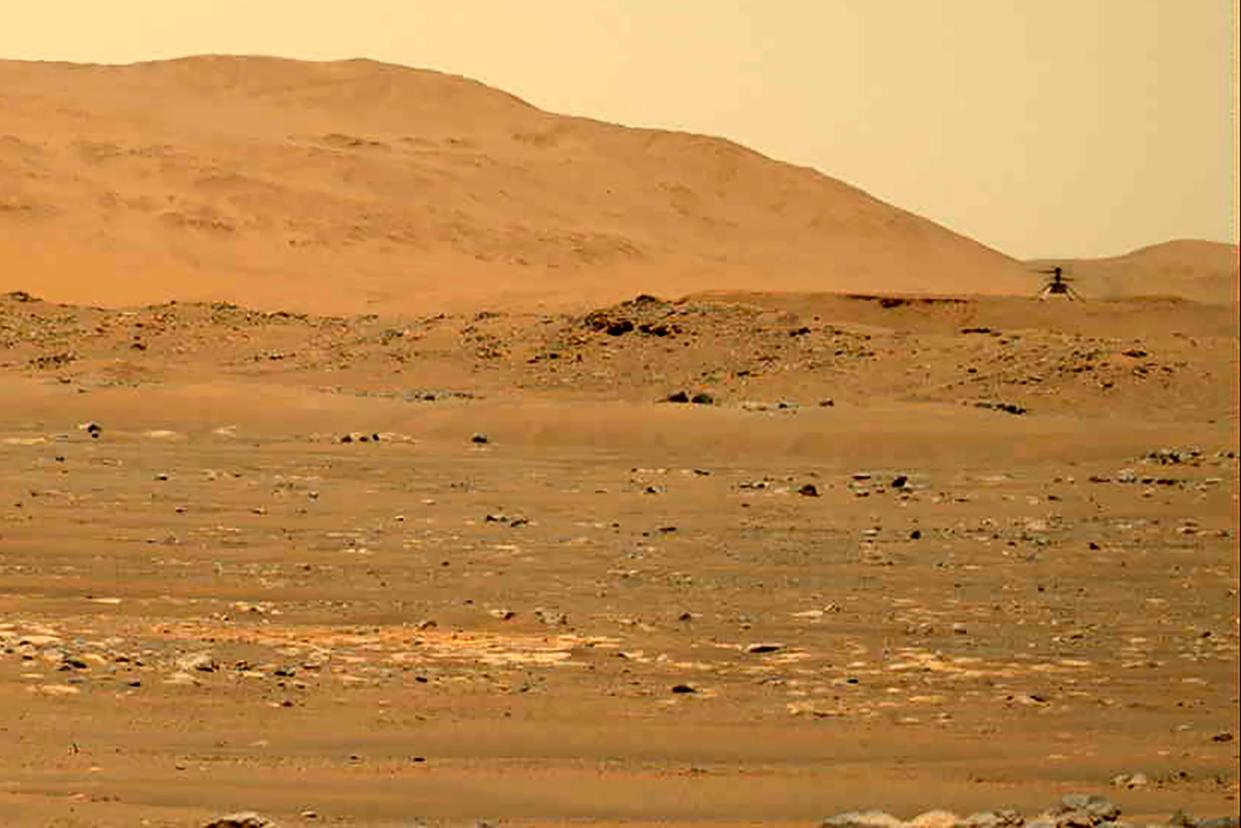How did NASA create breathable air on Mars? With moxie and MIT scientists.

A two-year experiment to see if NASA could produce oxygen on Mars ended with scientists creating enough breathable air on the Red Planet to help a small dog survive, scientists said this week.
The device used to create the oxygen, known as MOXIE (Mars Oxygen In-Situ Resource Utilization) is part of the Mars Perseverance Rover. MOXIE was created to find out if Mars air could produce oxygen and the machine has been running tests and experiments for two years to explore the answer.
The device was made by the Massachusetts Institute of Technology (MIT) creators to help study future human exploration. According to a press release by NASA, the device has already made 122 grams of oxygen, comparable to 10 hours of breathable air for a small dog. MOXIE produced 12 grams of oxygen per hour at 98% purity, which exceeded NASA's original expectations.
“We’re proud to have supported a breakthrough technology like MOXIE that could turn local resources into useful products for future exploration missions,” said Trudy Kortes, NASA's director of technology demonstrations, at NASA Headquarters.
Asteroids: NASA tracks 5 'potentially hazardous' asteroids that will fly by Earth within days
How MOXIE Works
MOXIE creates molecular oxygen in an electromagnetic process. NASA says that this process divides an oxygen atom from each carbon dioxide molecule in Mars's atmosphere. When the air is passed through the device, it is checked for the purity and quantity of the oxygen produced.
On August 7, the device finished its last and final final run. It created 9.8 grams of oxygen. The device proved that it could work and sustain throughout the year on Mars and all the conditions the Red Planet provides.
The golden orb: Shiny 'golden orb' found 2 miles deep in the Pacific stumps explorers: 'What do you think it could be?'
The Mission at a Glance
The Mars Perseverance Rover landed on Mars in 2021. The rover has been collecting data about Mars's geology and past climate for two years. According to NASA, the mission's key objective of the rover is to find microbial life by collecting rocks formed by water. This process is called astrobiology.
Next, the samples of rock would then be collected by another spacecraft and sent back to Earth for a more detailed inspection.
Meteorite discovery: This meteorite is 4.6 billion years old. Here's what it could reveal about Earth's creation
What MOXIE completion means for the future
Although Mars Perseverance Rover still has a lot of work to complete, MOXIE has proven that future astronauts may be able to use the resources from Mars to survive.
The next step is to create a MOXIE 2.0 that can complete the same process as the original MOXIE but with a much larger system that can liquefy and store the produced oxygen.
This article originally appeared on USA TODAY: MOXIE, an oxygen generator on Mars Perseverance Rover produced oxygen

